
At night, and during the afternoon, the babies curl up in a corner with one another and have a long snooze. The hut is very warm from the sunshine, and they are fed and growing rapidly at this stage, so must sleep a great deal. In a few weeks, they will be more active and run and play all day long. One of the Angora does who lost her twins, is a surrogate mother to a little Pygora girl that was abandoned by her mother. 18 hours later, that mother had another baby, a little boy. The Angora surrogate cannot nurse the Pygora because her teats are much too large for the tiny mother of the baby Pygora, which is Pygmy/Angora, but she does care for her. Two babies are being bottle fed out of this passel of kids, the one whose mother abandoned her and an Angora baby, who was abandoned three days after being loved and cared for by his mother. There has not been a full night's sleep for a week now and the goat keeper is getting quite fatigued. Time for bed, zzzzzzzz.


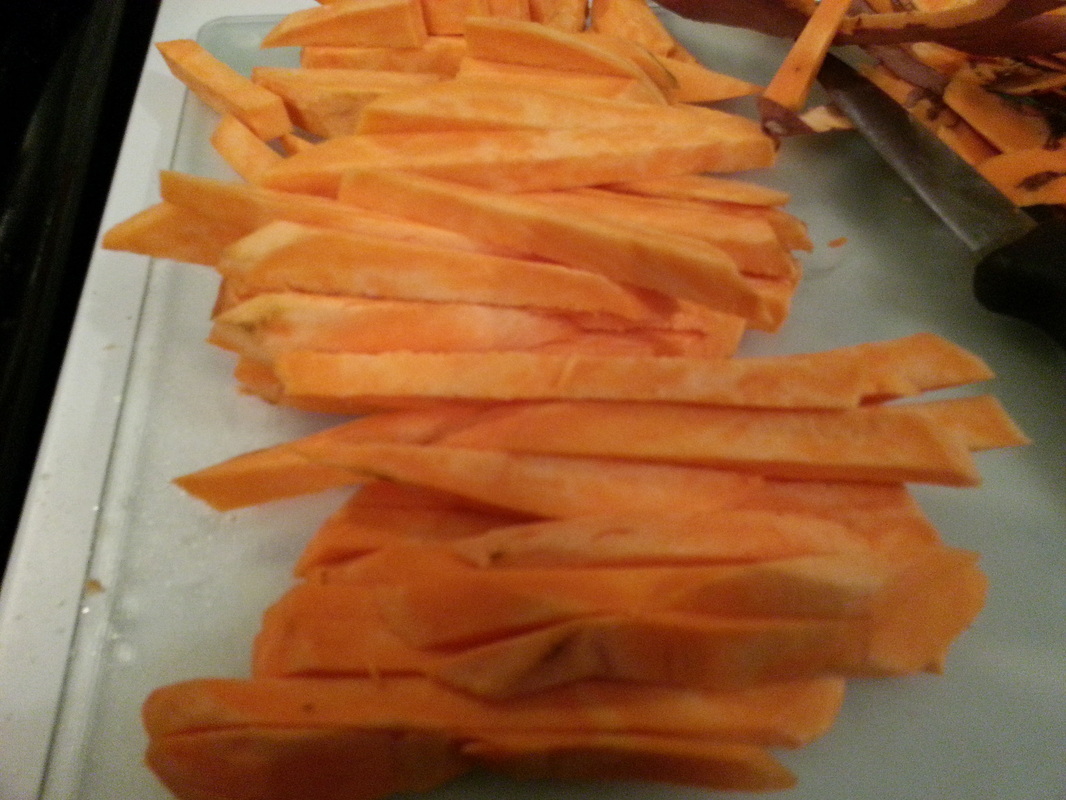

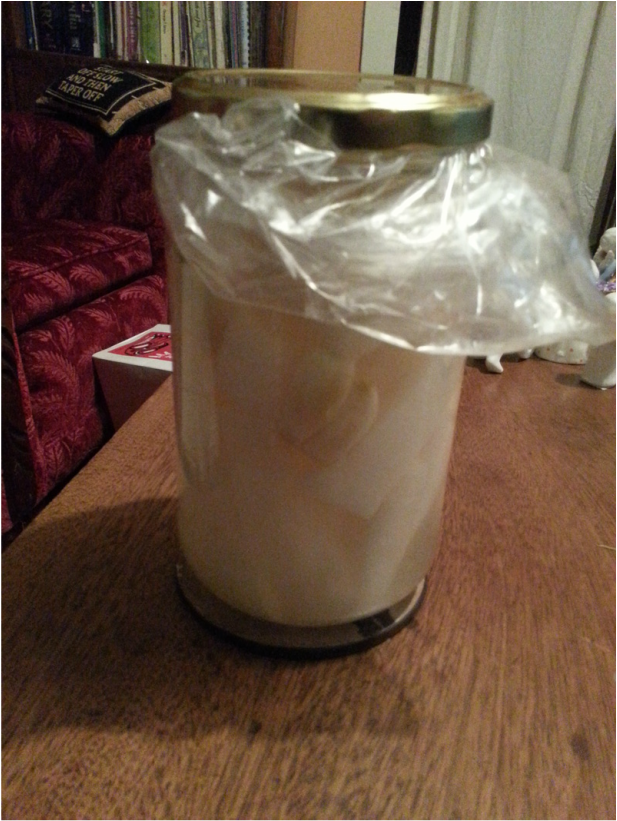
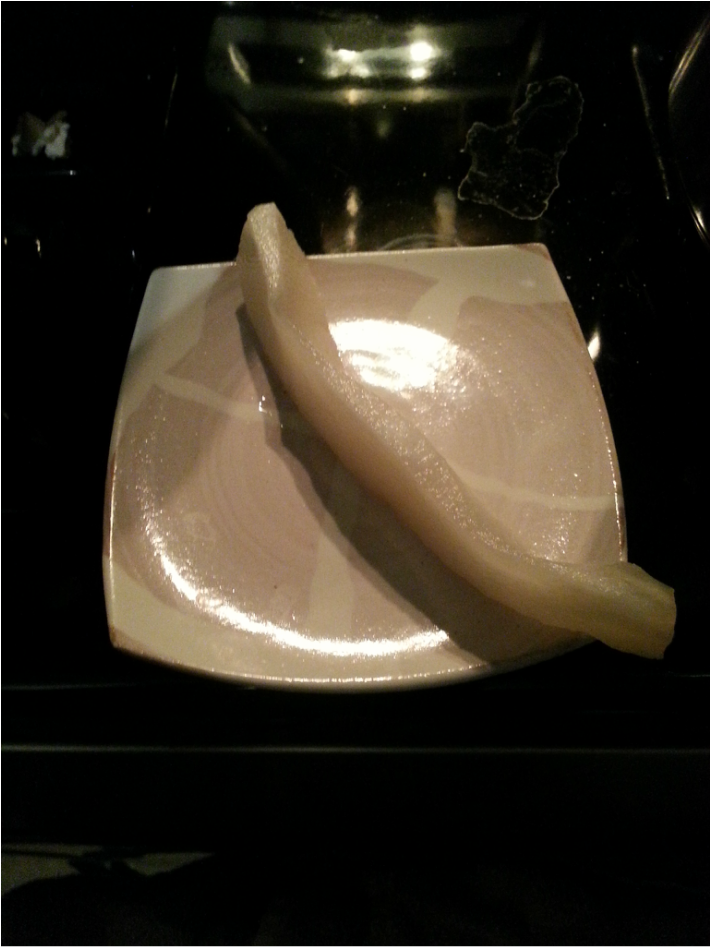

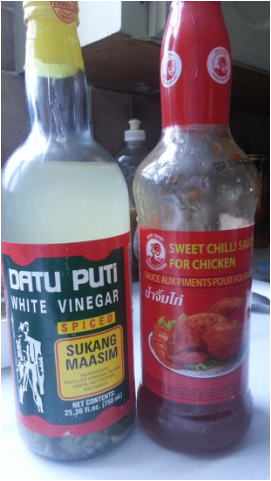
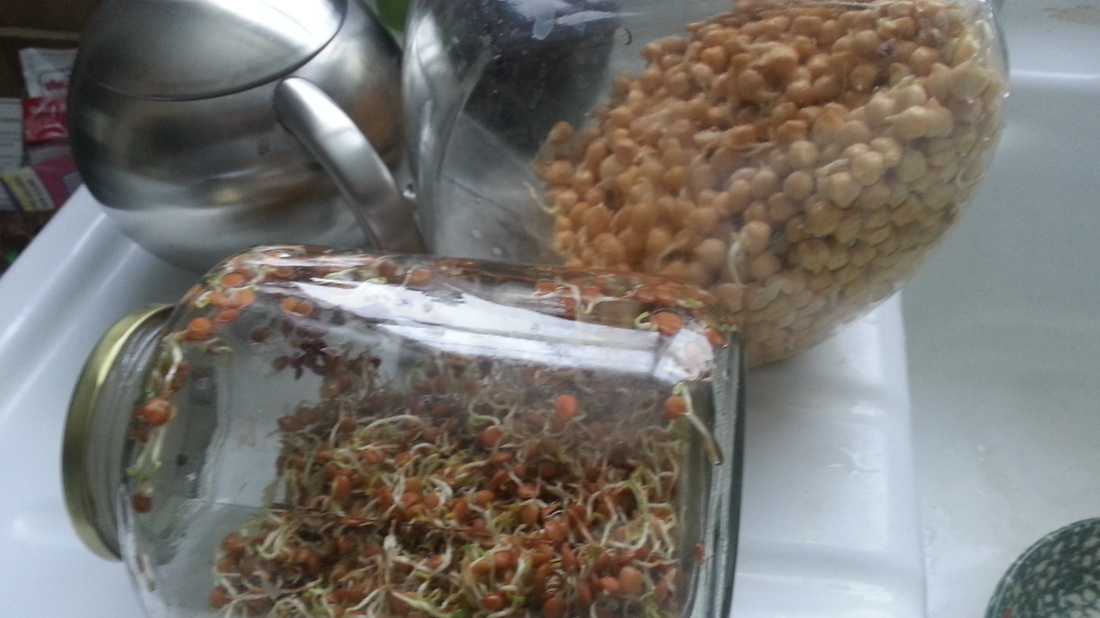
 RSS Feed
RSS Feed